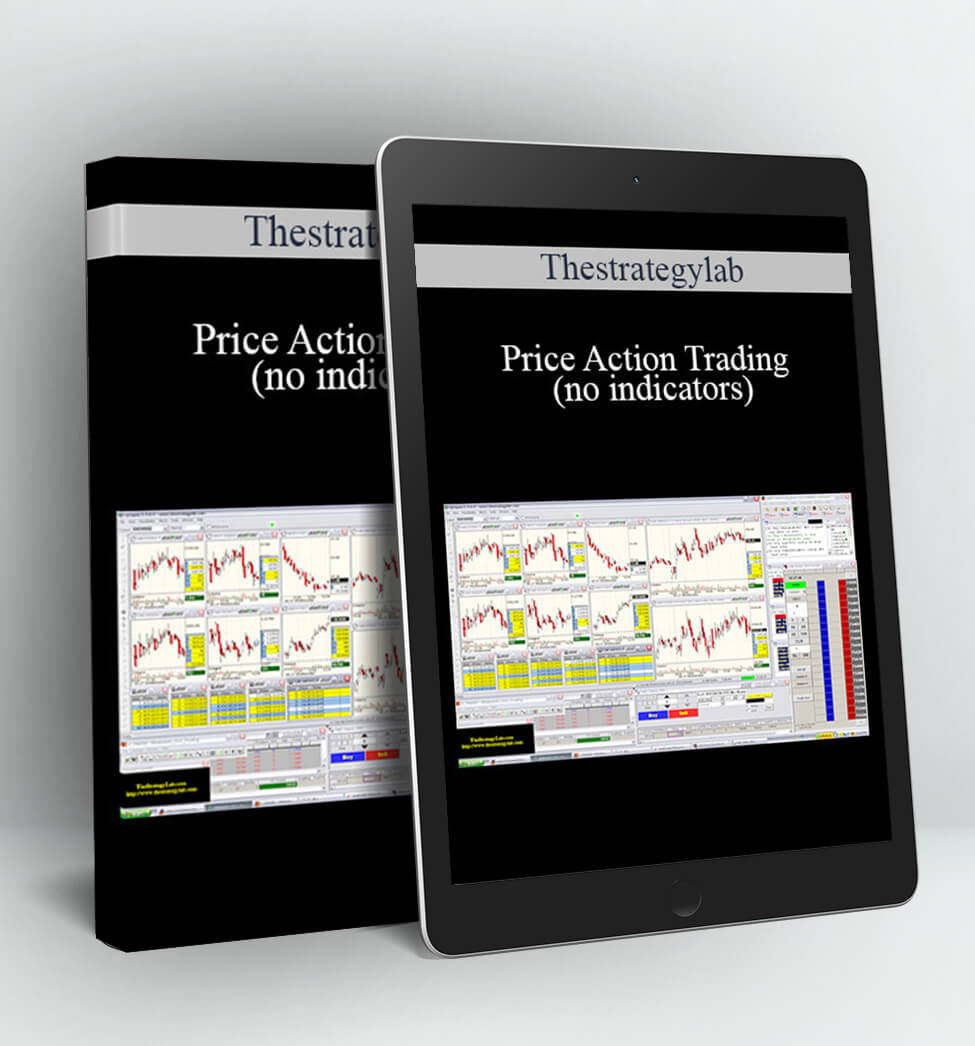 Simple definition: Price action trading is a trader that does not use technical indicators or technical studies for trade decisions based upon price action analysis.
Simple definition: Price action trading is a trader that does not use technical indicators or technical studies for trade decisions based upon price action analysis.
The above is a simple definition of price action only trading. Unfortunately, there’s a growing number of traders the past few years that use one technical indicator with a commonly known price action method and then believe in error that it’s price action trading under the facade they’re using the indicator only as a “visual aid or to help put the price action within a framework”. In fact, it doesn’t matter what type of technical indicator it is (e.g. cci, stoc, macd, moving average et cetera)…if it’s on your chart to help you make trade decisions…you can not call yourself a price action trader until you’ve completely remove all technical indicators or technical studies from your trading. In addition, arguably, some pure price action traders consider the use of volume as an indicator while others do not. Regardless, I’m not going to play the technical indicator or volume bashing game because they are distractions that serious price action only traders should not be involved with.
Therefore, just be careful of those traders, authors, vendors that say they are price action traders while they show a technical indicator on their charts (e.g. cci, stoc, macd, moving average et cetera) because learning such a method will continue making you dependent upon technical indicators via the belief you can improve the price action method by making changes to the indicator whenever you fail to reach your performance goals.
There are primarily three basic groups of traders that are price action trading.
Traders that use charts…sometimes this is refer to as chart reading of price patterns or key price areaswithout indicators
Traders that use time & sales/bid & ask screens…sometimes this is refer to as tape reading involving order flow without charts
Traders that use both of the above as in charts and time & sales/bid & ask screens without indicators
Further, for each of the above types of traders…there are hundreds of different types of price action trade methods. In addition, if you’re using charts as a price action trader…you’re using technical analysis even though you’re not using technical indicators. In contrast, price action traders that are tape readers do not consider themselves to be using technical analysis.
With that said, the methods of TheStrategyLab.com are price action trading (no indicators nor studies) involving chart analysis. Also, there’s no volume analysis within our price action trade methods because our price action clients can easily see the volume in the price action itself after learning WRB Analysis because it identifies and exploits the following to produce key price areas to look for price continuation/reversal signals:
Key changes in supply/demand (supply demand analysis)
Key changes in volatility (volatility analysis)
WRB Analysis is the foundation of our price action trade signal methods and it provides the critical contextprior to the appearance of our trade signals. In fact, after identifying the about key price areas…we call these areas WRB Zones that convert into support/resistance zones when the price action enters the zone. However, we’re not going to use this webpage to teach WRB Analysis. Thus, if you’re curious to learn more about WRB Analysis via studying tutorial chapters 1, 2 and 3…you can download the free study guide at the below link.
http://www.thestrategylab.com/tsl/forum/viewtopic.php?f=5&t=180
By the way, after you’ve downloaded and learned the price action information in the WRB Analysis Tutorial study guide…post a message at the discussion forum to request free WRB Analysis of any trading instrument (stocks, exchange traded funds, futures or forex currencies) and we’ll post a chart for you so that you can then watch the price action react to the green highlighted WRB Zones as trade signals or profit targets.
Also, you can review current WRB Analysis charts @ Stocktwits and @ WRB Zones.
WRB Analysis Tutorials
This is a discretionary market analysis via rule-based price action patterns involving 3 basic tutorial chapters and 9 advance tutorial chapters that provides the understanding of the price action prior to the appearance of any trade strategy (entry signals) you may be using. More importantly, the WRB Analysis gives the context (understanding of the price action) that allows it to be merged with any other trade signal method regardless if you’re using bar charts, candlestick charts, tick charts or volume base charts. In fact, most of our clients use WRB Analysis to improve the performance of other well known methods their using after realizing they were still missing a piece of the puzzle.





 Simple definition: Price action trading is a trader that does not use technical indicators or technical studies for trade decisions based upon price action analysis.
Simple definition: Price action trading is a trader that does not use technical indicators or technical studies for trade decisions based upon price action analysis.